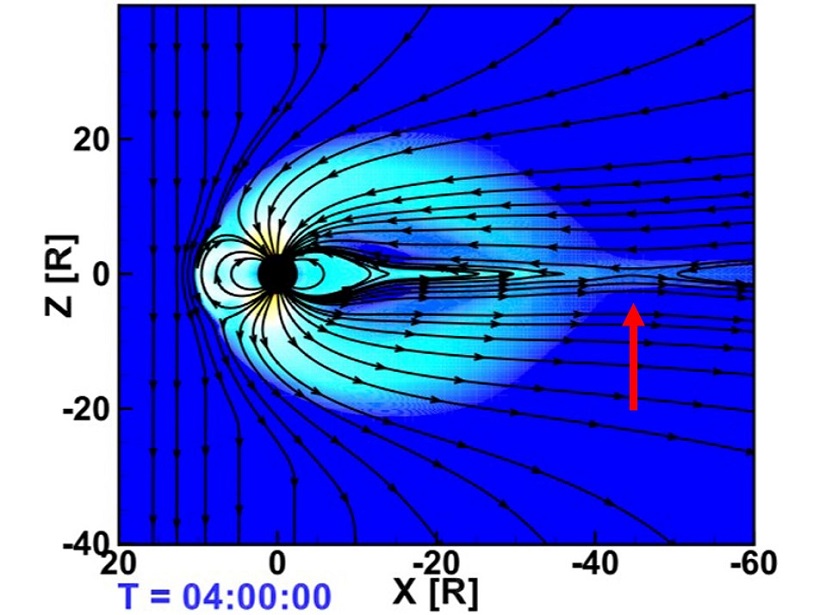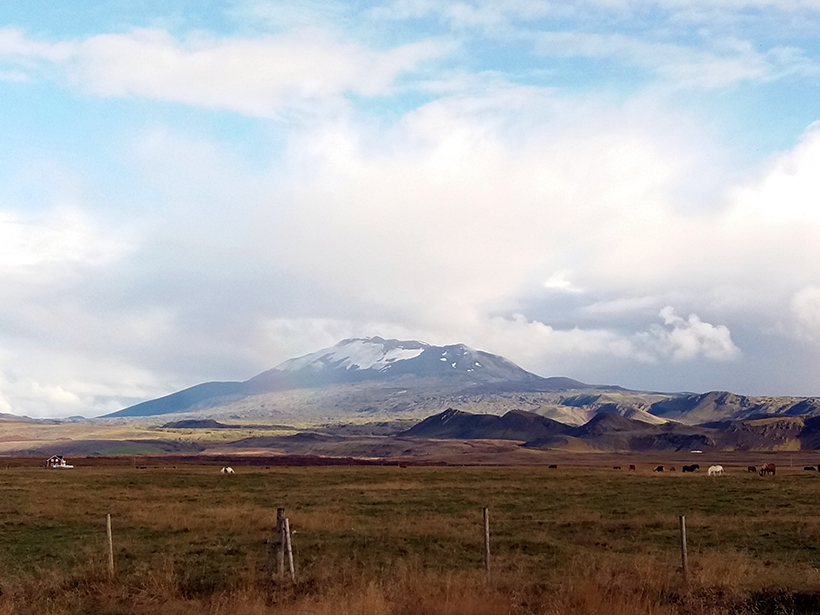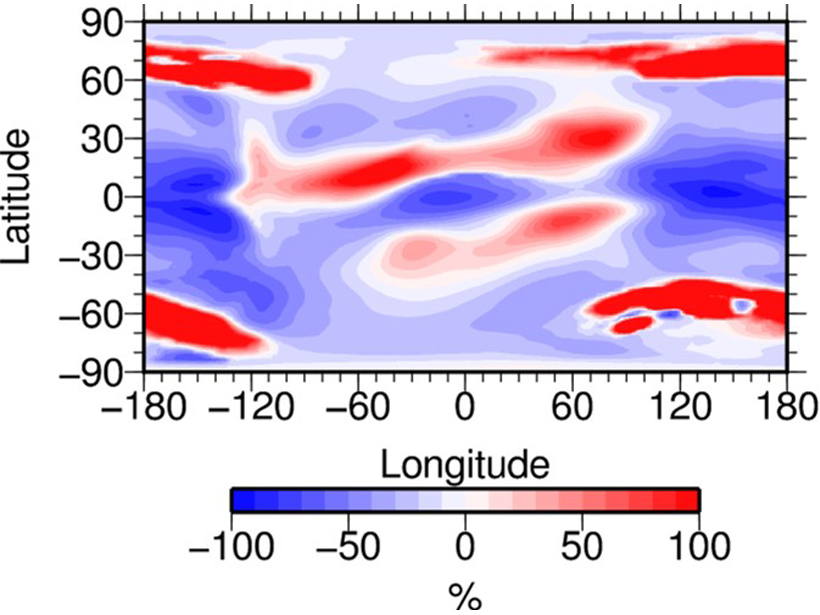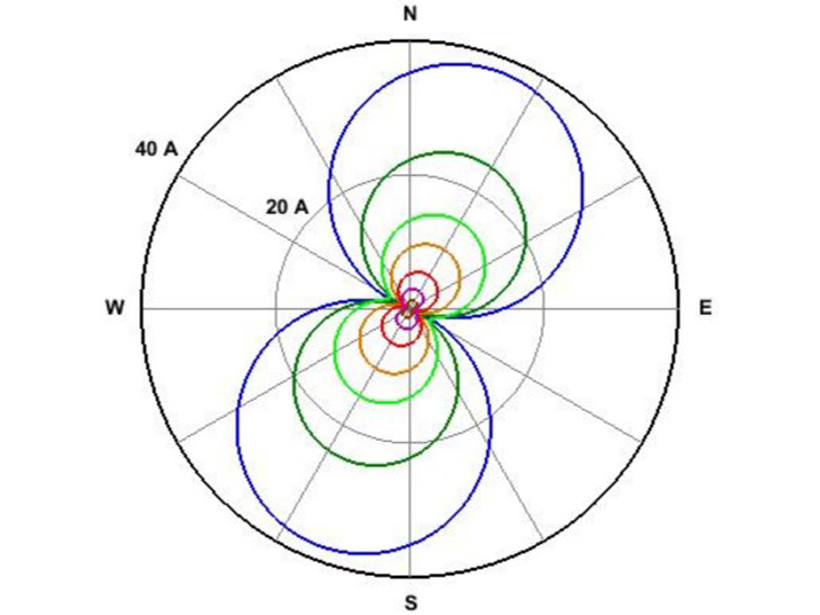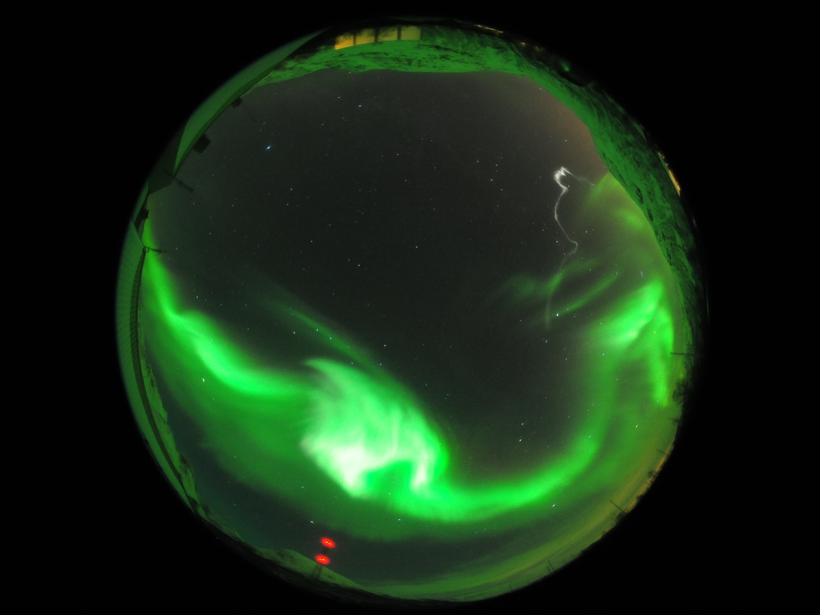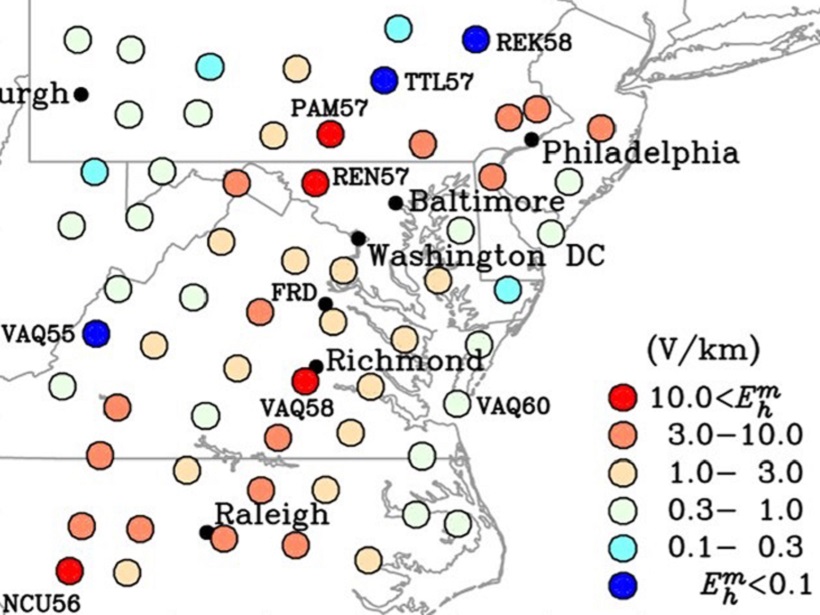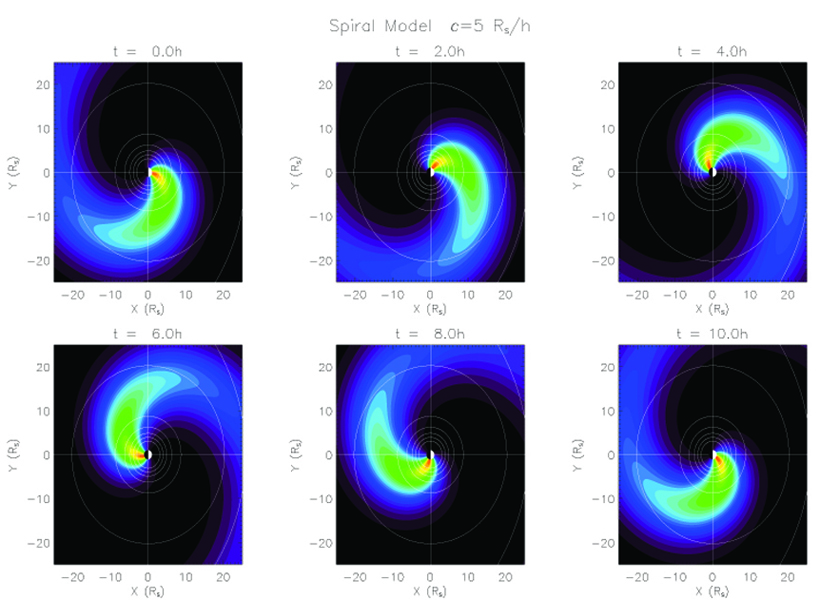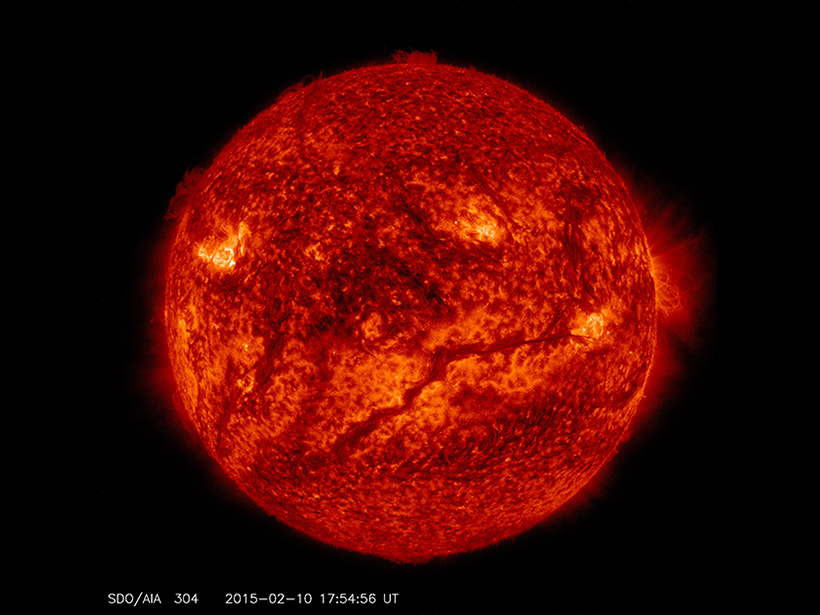Yes, Earth has a tail, a magnetotail, and there is debate about how much Earth’s upper atmosphere plays a role in the controlling the dynamics of this region of space.
magnetic fields & magnetism
Nordic Workshop Takes on Major Puzzles of Paleomagnetism
8th Nordic Paleomagnetism Workshop; Leirubakki, Iceland, 30 September to 7 October 2017
Moon’s Magnetic Field May Magnetize Iron That Hits Its Surface
Scientists are using satellite data to study large impact basins on the surface of the Moon that contain magnetic anomalies.
Modeling Geospace: Quantifying the Known-Unknowns
Imperfect knowledge of high-latitude forcing of the coupled ionosphere-theremosphere system translates into uncertainty in the low-latitude and midlatitude response to a geomagnetic storm.
Exploring How Space Weather Can Damage Power Grids
A new model of geomagnetically induced currents revisits how space weather damaged a New Zealand grid transformer in 2001, and shows how much worse it could be in a space weather superstorm.
Sounding Rockets Probe the Northern Lights Above Norway
Scientists measure how the aurora affects winds in the upper atmosphere.
Mapping Extreme-Value Geoelectric Fields
To help mitigate magnetic storm interference on electric power grid operations, extreme-value geoelectric fields have been mapped across the mid-Atlantic United States.
A Close-in Look at Saturn’s Periodic Space Bubble
When it comes to Saturn’s space environment, summer wins over winter in controlling the periodic flows of electrically charged particles and magnetic fields.
Preserving a 45-Year Record of Sunspots
Maps reveal how the Sun’s magnetic field evolves through solar cycles.
Where the Solar Wind Meets Mars
A comprehensive look at how the solar wind is diverted around Mars, including the relative strength of the three biggest forces at work in this region.

